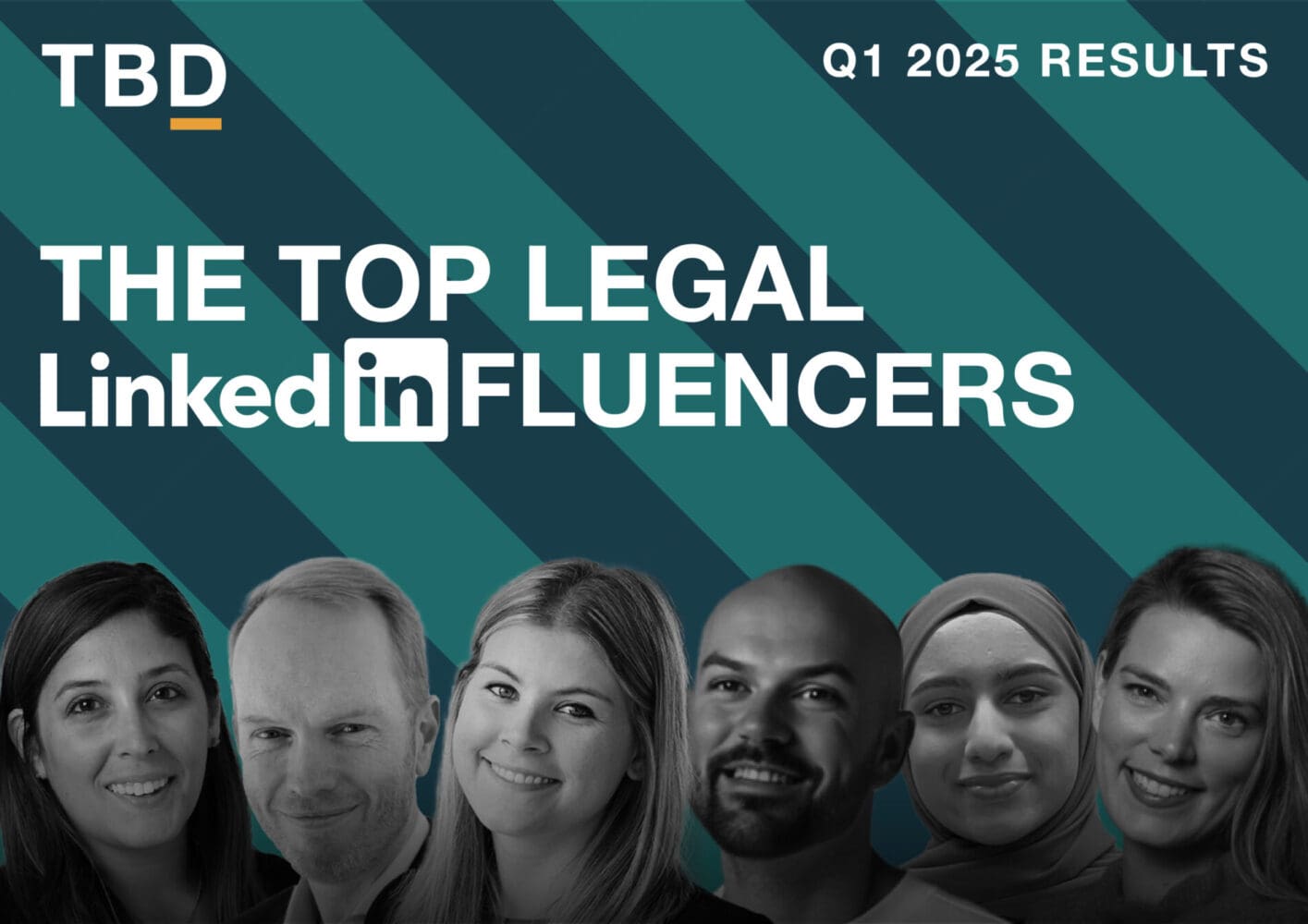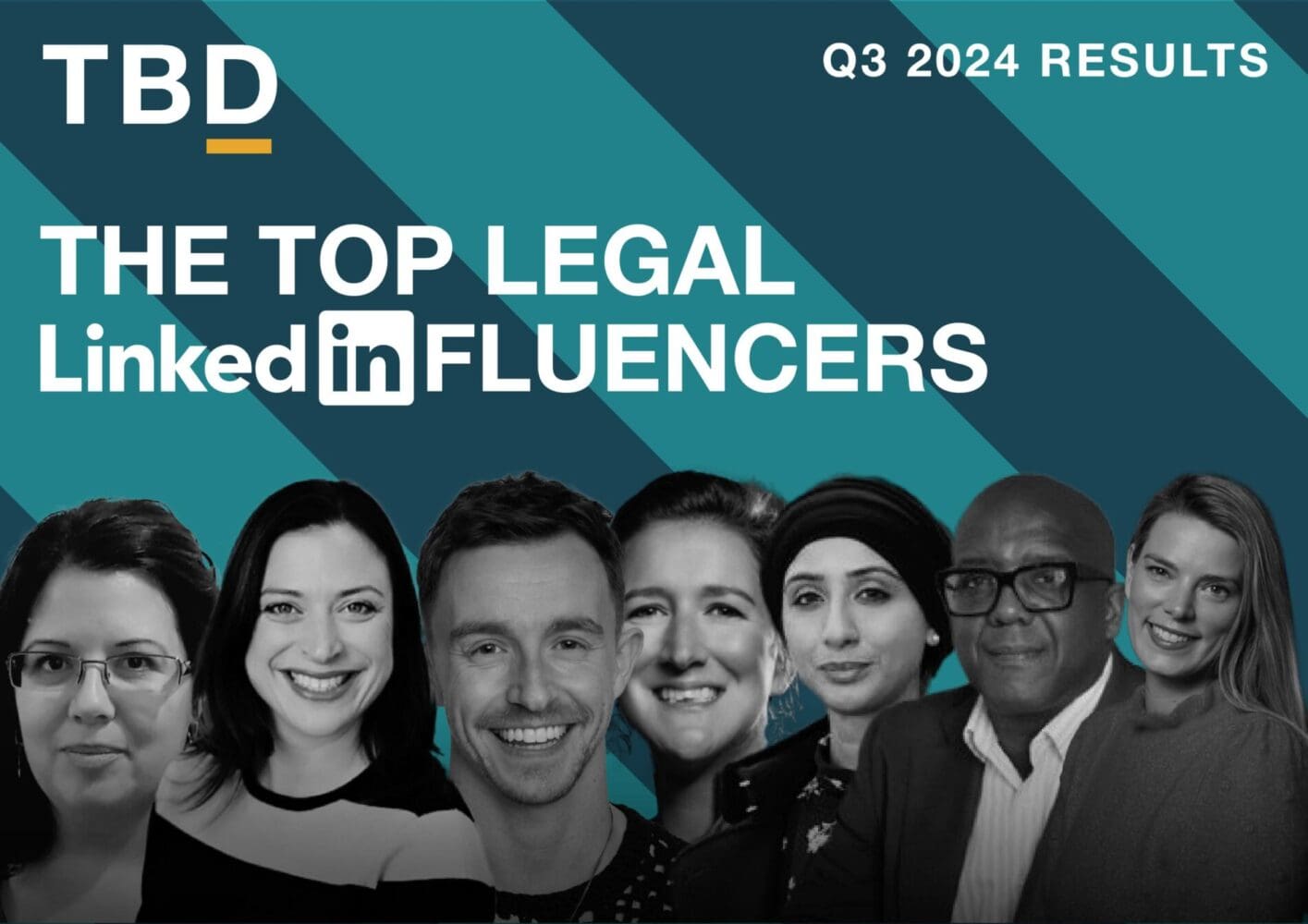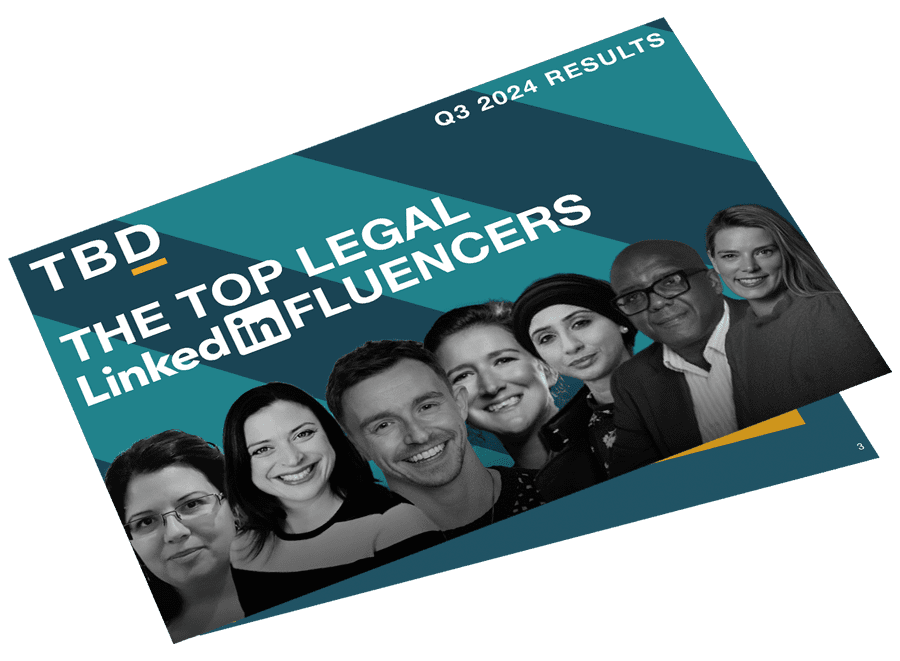Everywhere you look, businesses are gathering more and more data. This presents a golden opportunity for marketers to improve their campaigns’ efficiency. Firms with access to valuable data can leverage intent-based marketing to generate higher-quality leads. So, what is intent-based marketing, and why and how can you use it for a law office?
Intent-based Marketing Defined
Intent-based marketing refers to the practice of promoting products and services to potential clients based on their interests, as shown by their online behavior. Decisions on campaigns and marketing strategies can be improved using this knowledge.
Why Do Headlines Need To Speak to a Person’s Intent?
So, imagine you’re a marketer for a customer relationship management (CRM) software company. One of your ideal clients is probably looking into the products of a competitor like Salesforce, according to intent data. Thanks to this information, more of your ad budget can be directed toward this audience and their exact point of intent: they are already looking at CRM systems, so tailor your approach accordingly..
When creating your content or ad copy, it’s a good idea to research the search intent of potential customers by analysing the phrases and keywords they use and the corresponding organic search results. If you do this, your headlines will really pop, and people will be more likely to click.
Pro tip: If headlines match intent, the reader will take action.
How Does a Person’s Intent Change as They Navigate a Web Page?
Knowing and understanding the different types of intent queries is critical in developing your content and ad strategy and enhancing your existing campaigns. There are three primary reader intents that influence the audience:
- Informational intent: When an individual is seeking information on a particular topic
- Navigational intent: When someone has an exact address or source in mind
- Transactional intent: When an individual is searching to purchase a product or service
reader intent varies from one person to the next and can even change mid-journey. For instance, a person’s initial intent may have been purely informational, but they may have shifted their focus to something transactional. Your content needs to be tailored to one of these reader intents. Checking out people’s keywords in their inquiries is an excellent place to start. You can tell the reader’s intent by the keywords they use.
Let’s give an example:
- Informational: Did you know that lawyers can help you solve a dispute over a Will?
- Navigational: Did you know that [my law firm] is really well thought of when it comes to helping people resolve their disputed Wills? A client says [testimonial] in relation to work weve done for them
- Transactional: Did you know that we fix our rates for the first hour we spend with you on your disputed Will?
What Different Kinds of Content Should We Serve our Readers as Their Intent Changes?
Let’s take a closer look at these three categories of search intent and how you can include them in your content strategy.
Informational Intent
You want to make sure that a reader who is just beginning their search finds out as much as possible about your product or service. When creating informational content, it’s best to put the audience’s needs first rather than the brand. Some examples of compelling content for informational purposes are:
- Industry studies and reports sourced internally
- Content that is either entertaining or emotive
- Content that challenges the audience’s assumptions about an issue or topic
- Content that informs people about a difficult topic, quickly
- Pieces that showcase thought leadership
- Articles designed to entice readers to click, such as how-tos, trivia, listicles, and trends
- Materials linked to public relations and communications that establish the company’s values and its commitment to social responsibility
- Event news
Whatever you use, make sure that it directly or subtly addresses their intent. They may not have expressed their unmet need – we have to divine it and adjust accordingly.
Navigational Intent
A reader has navigational intent if they are trying to find a specific website. For instance, if someone types “Facebook” into a search engine, they’re generally trying to find their way to the social media site.
If you want readers to easily find your website, you should optimize it so that it appears in results for navigational queries. Making sure your website is optimized and listed in directories like Google My Business is the best way to achieve this.
Transactional Intent
Transactional content is most effective when the target audience is already convinced and prepared to take the next step and make a purchase. Because of this, the content tends to be more promotional. There should be a strong emphasis on showcasing the quality of the products and services you offer.
The following are examples of content with a transactional intent:
- Conventional forms of advertising, such as brochures
- Product demonstrations
- Partner success stories
- Case studies
- Promoted events
- Competitor comparisons and product reviews
What Are Some Great Examples of Intent-Based Marketing?
Here are some examples of intent-based marketing to help you better grasp the concept:
- A law firm publishes a wealth of content and then studies how readers interact with it on its website. Figures indicate that people are more interested in reading about bankruptcy-related topics on their site. Once they have this information, they can tailor their content to the preferences of their audience.
- A local salon is launching a B2B intent-based marketing campaign to sell supplies to other hairdressers. The company’s marketing data indicates that most of its customers live in areas outside the city. Since this is the case, distribution will have to be moved.
- An e-commerce business conducts an analysis of its brand’s strategy. They notice that many people visit their site early in the buyer’s journey but quickly leave. Looking into it, they discover that their prices are far higher than the market average. As such, they adjust their prices.
Wrapping Up
Using intent-based marketing, you can better understand your clients’ needs and interests. You can increase traffic to your site by tailoring your content and ads to reader intent.
TBD is an agency that helps marketing, recruitment and management teams to successfully position law firms in the UK market and beyond. If you have any queries, please get in touch: simon.marshall@tbdmarketing.co.uk.







